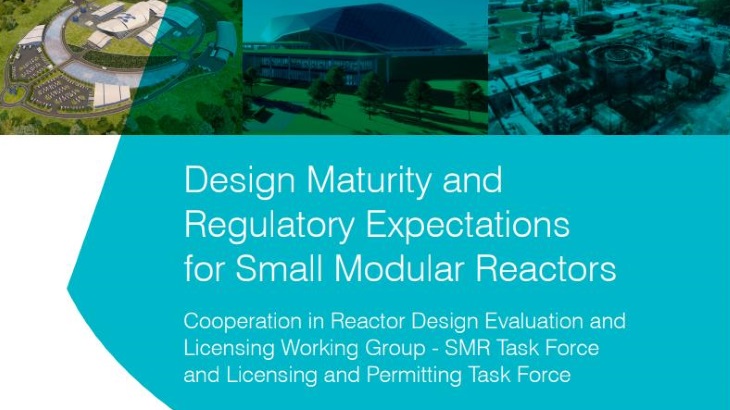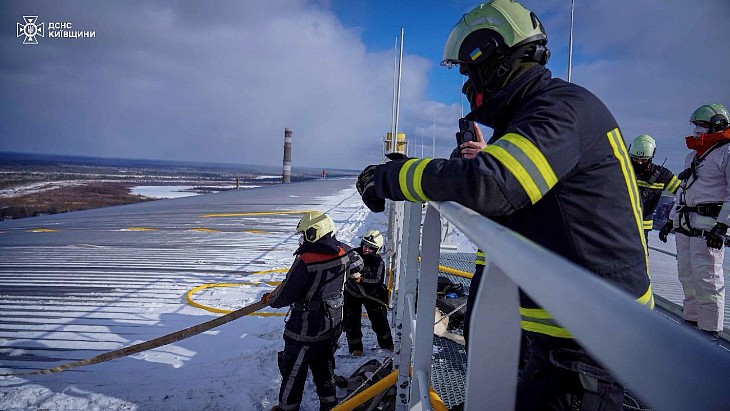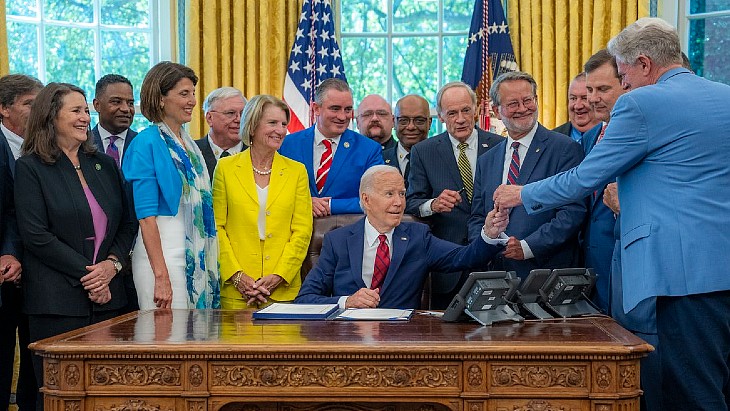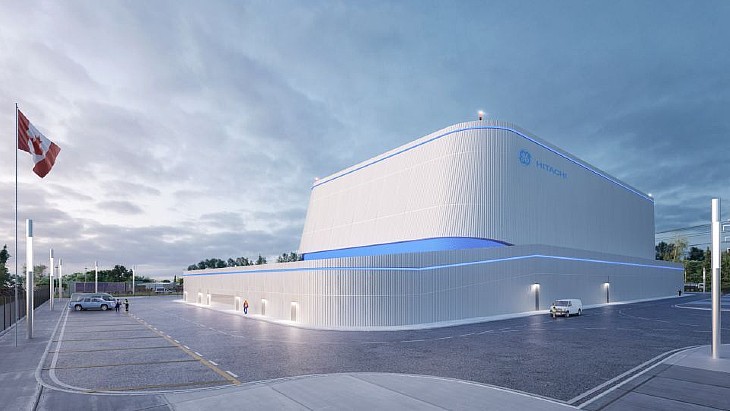CORDEL: Regulatory harmonisation needed to speed SMR deployment

The report - Design Maturity and Regulatory Expectations for SMRs - describes the relationship between licensing processes in a variety of countries and the design phases of a reactor. It was jointly produced by the Small Modular Reactors Task Force and the Licensing and Permitting Task Force of the World Nuclear Association working group CORDEL - Cooperation in Reactor Design Evaluation and Licensing. Based on the results of two surveys of members from the Working Group - representing nine countries from Asia, Europe and North America - the report explores the expectations of design and technology maturity of SMR designs in relation to the regulatory pre-licensing and licensing processes.
"Despite national differences in processes and the number of steps, the design maturity required for a construction licence application is relatively well-aligned in the countries represented by responses to the surveys," the report says. "However, where they exist, pre-licensing processes vary greatly between countries and have different design maturity expectations for applicants in different countries."
The report describes the different design phases and defines the various types of SMR considered in the survey - light water reactors, high temperature gas-cooled reactors, fast neutron reactors, molten salt reactors and heatpipe microreactors.
The Working Group identified best practices and recommendations for SMR vendors, licence applicants, national regulators and governments:
- SMR vendors' completion of major research and development activities, the associated design and technical decisions, and the demonstration of a clear programme of future technical development, are pre-requisites to commencing and/or completing pre-licensing activities, in the countries surveyed.
- Prior to undertaking pre-licensing or licensing activities in a country other than the SMR vendor’s home country, it is important that a gap analysis against the requirements of the proposed host country be undertaken and appropriate approaches to resolving the identified gaps are developed.
- A systematic approach to recording all major design modifications, upgrades, safety decisions and the methodology or bases upon which decisions were made, is critical to build regulatory confidence in the design process.
- Licence applicants' active and early engagement with national regulators, in anticipation of expected licensing activities, is required to understand the technology readiness of the reactor designs and clarify the degree of technical and design maturity requirements for every phase of the pre-licensing and licensing processes. The safety case elements discussed in section 5.2.3 should be sufficiently developed and explained to the regulatory authorities through early engagement in order to minimize potential delays in regulatory reviews of the design.
- Continuous engagement and timely submission of design and safety documentation is important to build trust with national regulators and support the review process.
- National regulators undertaking SMR licensing activities, or planning to do so in the future, can benefit from engagement with other national regulators through bilateral and multinational agreements on design and safety reviews, sharing technical reviews, establishing common position statements on safety criteria, and identifying any other areas for collaboration making appropriate use of the reference SMR design review, where one exists.
- Engagement with international bodies such as the IAEA SMR Regulators' Forum and safety standards committees improves the ability to share common experience, develop international best practices, and to create, revise and harmonise safety standards and approaches to licensing.
- Informing potential applicants of any changes to the licensing frameworks and dedicating appropriate resources to support timely reviews, approval and licensing will be crucial to supporting the deployment of SMRs.
- Governments interested in the deployment of SMRs should undertake a detailed technology readiness assessment of the designs being considered prior to their entering the licensing process.
Streamlined approach
Achieving a streamlined regulatory approach for SMRs will enable reactor developers to have greater predictability in the timescales and cost of bringing their technology to market, Allan Carson, CORDEL project manager and lead author of the report, told World Nuclear News.
Only a small number of SMRs around the world have completed formal licensing processes. Noting the cost of these activities, Carson said: "We continue to see increasing costs for licensing and while the report recognises that there will be a learning curve for reactor vendors and national regulators, there is a need for this learning to be shared between regulators so that other countries looking to deploy SMRs can maximise utilisation of the reference design and licensing activities, thus reducing the cost of licensing in other countries."
He added: "If we want SMRs to fulfil the potential they hold for future clean energy systems, there needs to be greater cognizance of the investability of projects and the long-term sustainability of reactor vendors, which means we have to find a way to streamline and harmonise regulations internationally while maintaining the same high levels of safety as we have with large reactors, and protecting national regulatory sovereignty."
Asked whether there were too many SMR designs under development, Carson said: "You don’t want to stop innovation which could - and is - opening new potential markets for nuclear power. It is unlikely that all designs currently being proposed will come to market, however greater international cooperation on a supportive regulatory environment for these new technologies is imperative if we are to take advantage of the innovative designs being developed."










_50521.jpg)

